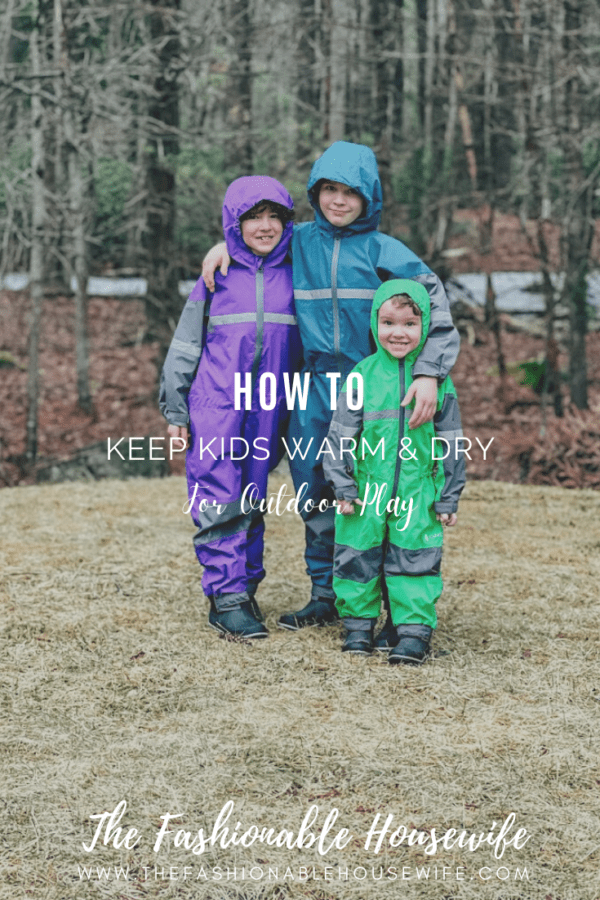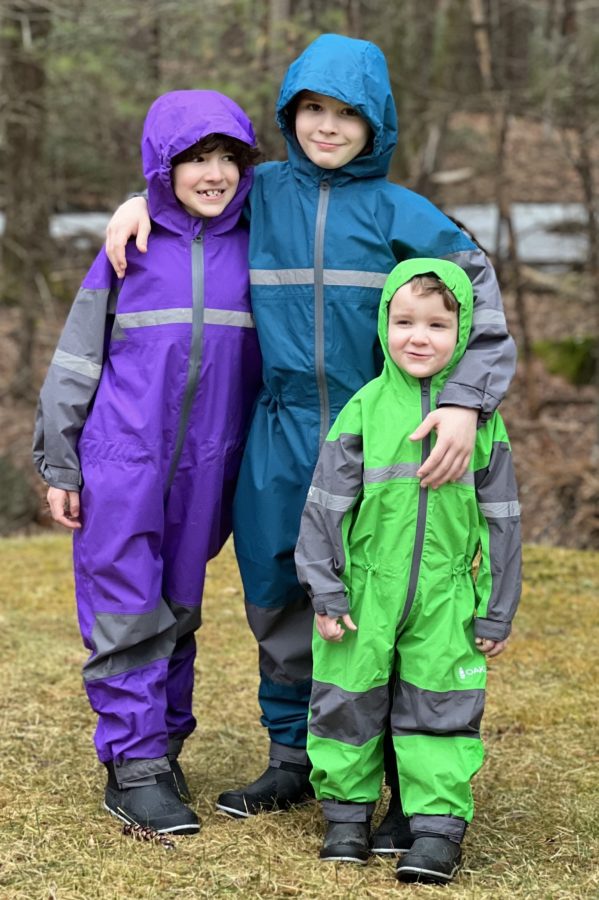
Winter can bring cold temperatures and snow, but this doesn’t mean that you have to be housebound all season long. With the right winter jackets for toddlers and some cold weather tips, your kids can enjoy all that winter has to offer.
Dress in Layers
It’s important to dress in layers. In order to do layers right, you should have a quick-dry layer right next to the skin and then have a cozy fleece layer on top of that. You don’t need to have performance material in order to play outside in the backyard. Tight-fitting leggings, tights, or even pajamas can work as a great base layer. Don’t forget to top it off with stylish winter jackets for toddlers.
Don’t Wear Jeans
When it’s cold outside, wearing jeans can make it seem even colder. Snow pants over jeans or long johns under jeans can be a good option.
Get Rain Suits For Wet Days
Don’t let a little rain stop you from letting the kids go outside. Get some Oaki rain suits to keep kids warm and dry, and protect their clothes from dirt and mud. You never have to say “no” when kids ask to go outside ever again! With the right rain gear for spring, you don’t have to fear the weather.

Make Sure You Have Quality Socks
The right pair of socks can help keep your children’s feet dry and warm. Thick socks can be good at retaining heat, but you don’t want to choose a pair that’s too thick and bunches up. This can be uncomfortable in a tight-fitting boot. If you are headed inside for a short break, take the boots off to help dry out socks and boots. Always have extra socks if you are going to be out for a while on an extended adventure in the snow. At the end of a long, cold day playing, you can change socks and it helps warm up feet much faster.
The Right Accessories
Goggles, scarves, and mittens are all-important accessories and will help your kids stay warm in the freezing temperatures. For big kids, you can choose a hat that fits lower over the years. For young children and toddlers, pick one with ear flaps. If you choose one with ties, it can help prevent the hat from getting pulled off or falling off. When picking out headwear, you will need to consider how it fits under a helmet, if your outdoor activities require that you wear one.
A balaclava can work well under a ski or bike helmet. You should wear a helmet when skating, tobogganing, snowboarding, or skiing for safety, but helmets can also provide some warmth by blocking out the wind. In extreme cold, you may need to double up on mittens. Mittens can be warmer than a pair of gloves since the fingers are all together. If the snow will be soggy and wet, then mittens should have a waterproof shell or you can have a few extra pairs to change out. If your kids tend to pull off their mittens, then you can find ones with long cuffs and then put the mittens under the jacket so they are harder to pull off.
What to Do in Extreme Cold
In extreme cold, you need to think a little bit more about your attire. Any exposed skin can be at risk for frostbite, so wearing a scarf or neck gaiter is necessary. This is important to cover the gap where the hat begins and the jacket stops. Goggles can cover more exposed face skin and, while they are important for visibility, they also help to keep the face warm. For toddlers, you can use an ear band around the neck so it’s less bulky but still covers that gap.
Consider Pocket Hot Pads
If you are going to be outside for more than a few hours, then you may want to have some pocket hot pads. These pads don’t heat up until opened, and once activated they can give off heat for four to five hours. You can add them to older kids’ pockets for little warmup breaks.



